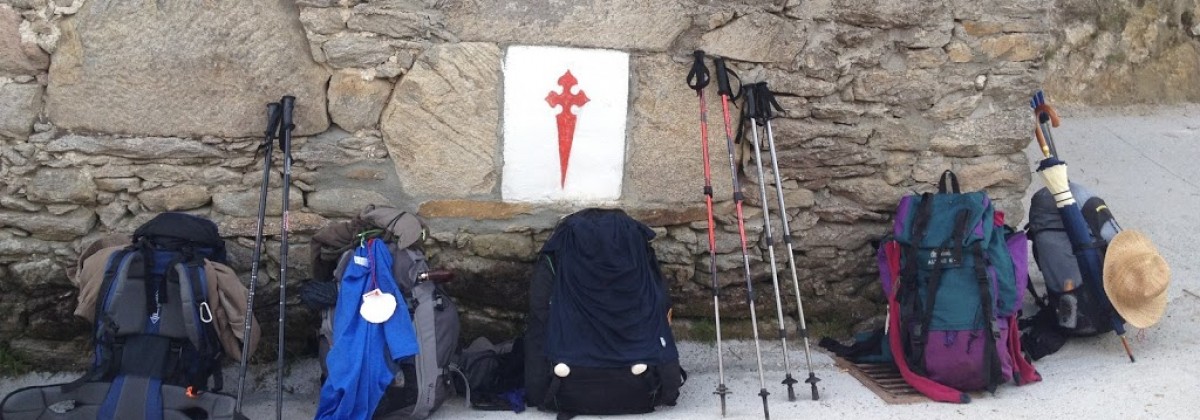 I stopped over in Třebíč for a couple of hours to break up the bus ride between Olomouc and Telč. known for its plethora of UNESCO sites, the town at one time was the third most important in Moravia and remains, from what little I saw of it, a fairly busy town. a fair-sized market was going on in the square when I wandered through; the square is the third largest in the Czech Republic and the market has been going since the 1200s.
I stopped over in Třebíč for a couple of hours to break up the bus ride between Olomouc and Telč. known for its plethora of UNESCO sites, the town at one time was the third most important in Moravia and remains, from what little I saw of it, a fairly busy town. a fair-sized market was going on in the square when I wandered through; the square is the third largest in the Czech Republic and the market has been going since the 1200s.of the many World Heritage sites, the one that piqued my curiosity was the Jewish ghetto, one of the best preserved in Europe and the only Jewish monument outside of Israel placed specifically on the UNESCO list (in 2003). first mention of a Jewish settlement occurred in 1338 and, as with Prague, Jews developed a strong community on the north side of the river and readily coexisted with Christians. the streets are windy and circuitous and give off a medieval feel, contributing to the air of historic weight of the site. the original Jewish population of Třebíč was obliterated in the twentieth century (only 10 survived the Holocaust); over the years the ghetto has been repopulated by others. it was slated for demolition in the 1970s but was spared because the land couldn’t support the proposed high-rise building.
the Jewish area encompasses more than a dozen unique sites, including the town hall, two synagogues (no longer used as such), a tannery, and various houses with well-preserved facades. the house to the right was a merchant’s house and illustrates the architectural styles typical of the neighborhood.
as I mentioned, narrow passages — sometimes only an armspan wide — run between buildings. in some places, arched buttresses support the buildings. the view below looks from the street on which the merchant’s house sits (in Leopolda Pokorneho Street) down to the banks of the Jihlava River.
 overlooking the ghetto is the cemetery, reached by a very steep climb to the top Hradek Hill, with remarkable views of the city and ghetto, a huge number of interesting gravestones, and a funeral chapel. the oldest marker dates from 1641 and the cemetery is the largest Jewish cemetery in the country, with over 11,000 graves.
overlooking the ghetto is the cemetery, reached by a very steep climb to the top Hradek Hill, with remarkable views of the city and ghetto, a huge number of interesting gravestones, and a funeral chapel. the oldest marker dates from 1641 and the cemetery is the largest Jewish cemetery in the country, with over 11,000 graves.
(for a tour of the UNESCO sites in Třebíč)

